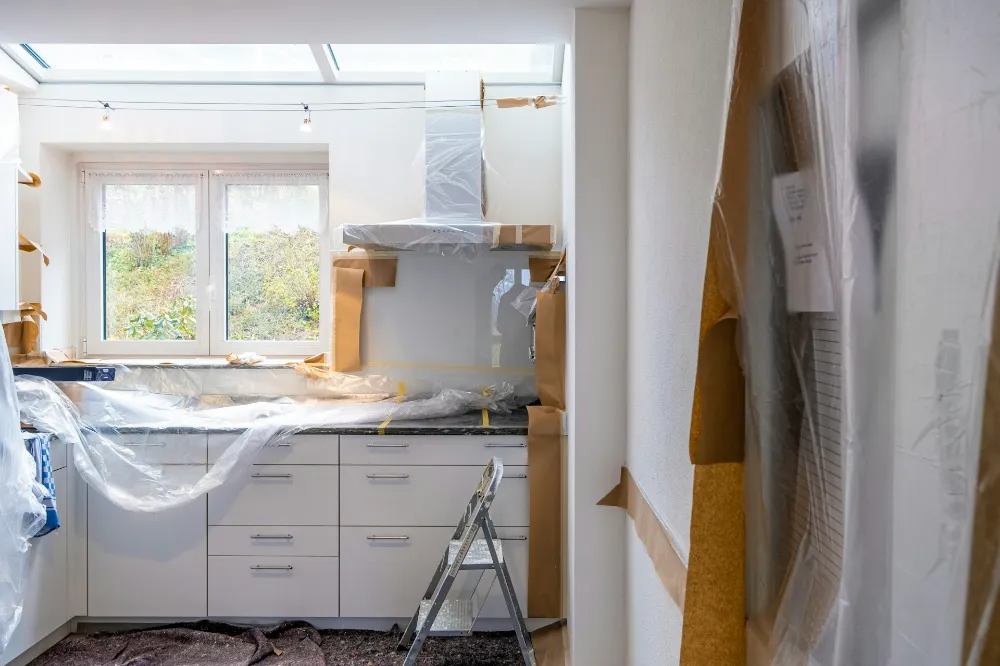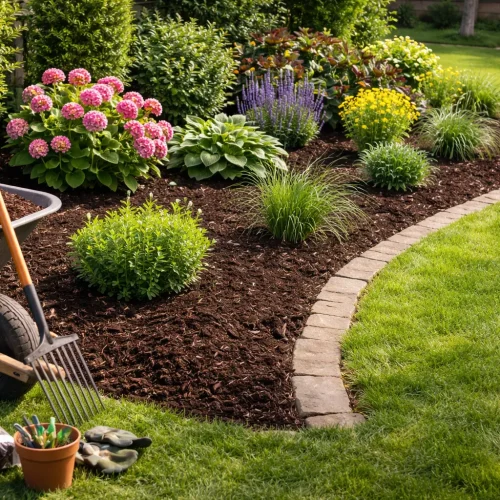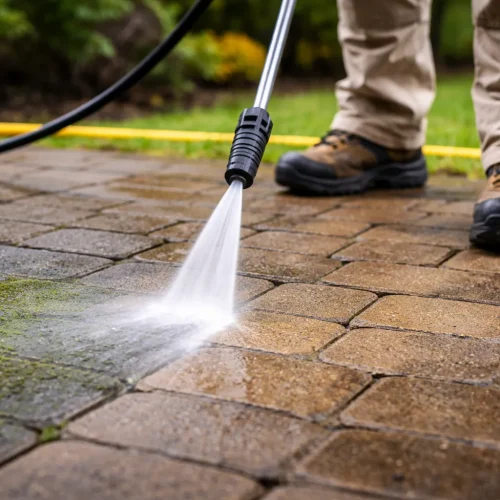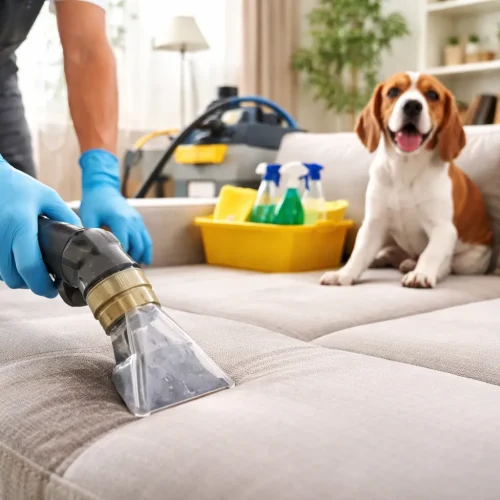
When planning a home renovation, most homeowners focus on the exciting parts, such as choosing new tiles, adding extra space, or upgrading fixtures. But there’s one essential part of your property that often goes unnoticed during renovations: the septic system.
Ignoring the potential impact of renovations on your septic system can lead to unexpected problems, costly repairs, and even system failure. Before breaking ground on your next project, it’s crucial to understand how different home improvements interact with your septic setup and what steps you can take to protect it.
1. Why Your Septic System Matters During Renovations
Your septic system quietly handles all wastewater from your home, from sinks and showers to washing machines and toilets. When you renovate, especially when adding new rooms, plumbing fixtures, or drainage systems, you change how water flows through your home.
These changes can increase the volume of wastewater entering your tank or disrupt the soil’s natural drainage patterns. Even something as simple as building a patio or driveway can compact soil above drain fields, reducing their ability to filter waste properly.
In short, renovations that change your home’s plumbing, structure, or landscaping can have a direct impact on your septic system’s performance.
2. Common Home Renovations That Affect Septic Systems
a. Adding Bathrooms or Kitchens
Adding an extra bathroom, kitchen, or laundry room can lead to increased daily water usage. Your septic tank and drain field were originally designed for a specific load. More fixtures mean more wastewater, and if your system isn’t upgraded, it can overflow or fail.
Before adding new plumbing, have a professional evaluate whether your existing septic system services can handle the additional flow.
b. Expanding Living Space
Finishing a basement or building an in-law suite might seem harmless, but these changes can affect water demand and drainage. If new plumbing or appliances are included, the system must be re-assessed. Overloading the tank can cause backups, foul odours, and contamination.
c. Driveway, Deck, or Patio Installation
Outdoor upgrades can impact the soil over your septic field. Heavy structures like decks or driveways can crush buried pipes or compact the drain field soil, making it less absorbent. If construction vehicles drive over the field, they could cause permanent damage.
Always confirm the exact location of your tank and leaching bed before starting any outdoor project.
d. Landscaping and Grading Work
Altering your yard’s slope or drainage can change how water moves through the soil. Excess surface runoff near your drain field can flood it, preventing proper wastewater absorption. Large trees planted nearby can also send roots into pipes and tanks, causing blockages that require septic repair.
e. Installing a Pool or Hot Tub
Pools and hot tubs add significant water usage, especially when drained or backwashed. If wastewater from these installations enters the septic system, it can overwhelm it. Additionally, pool chemicals can disrupt bacterial balance in the tank, reducing treatment efficiency.
3. Warning Signs That Your System Might Be Under Stress
Before or after a renovation, watch for early indicators that your septic system is struggling:
- Slow drains or frequent clogs
- Gurgling sounds from toilets or sinks
- Wet spots or foul odours near the drain field
- Backed-up sewage in low-level fixtures
If any of these occur, contact a professional for inspection and septic repair immediately. Ignoring small issues during a renovation can turn into a large and expensive mess later.
4. How to Prepare Your Septic System Before Starting Renovations
A little planning goes a long way. Here’s how to safeguard your system before construction begins:
a. Schedule a Professional Inspection
Before you start, book a full inspection through experienced septic system services. A technician can assess your tank’s current capacity, check for leaks or blockages, and ensure your leaching bed can handle additional water flow. This step prevents you from building over weak or damaged areas.
b. Locate and Mark Your Septic Components
Know exactly where your septic tank, drain field, and connecting pipes are. Mark them clearly so construction crews don’t drive or dig in those zones. Heavy equipment or even stacked materials can crush buried lines.
c. Evaluate Future Water Demand
If you’re adding bedrooms, bathrooms, or laundry facilities, calculate your future water usage. A professional can determine whether you need a larger tank or an upgraded leaching bed. Expanding capacity now saves thousands in potential septic repair later.
d. Divert Roof and Surface Water
Ensure gutters, downspouts, and landscape grading divert rainwater away from your drain field. Flooding can saturate the soil, reducing filtration efficiency and potentially causing backflow.
e. Obtain Necessary Permits
In most municipalities, any work that alters plumbing or wastewater capacity requires permits. Following local building and environmental codes ensures your renovation won’t lead to fines or system shutdowns.
5. Best Practices During and After Construction
Even if your renovation doesn’t directly affect your septic system, following these guidelines keeps it safe during construction:
- Avoid parking heavy machinery on the drain field.
- Use caution with chemical products. Paints, solvents, and adhesives should never enter drains connected to the septic system.
- Monitor water usage. Limit laundry loads and long showers while construction is ongoing.
- Re-inspect post-renovation. After the work is done, have a technician recheck for leaks, pressure changes, or soil compaction.
Taking these precautions ensures your septic system functions efficiently and prevents new home improvements from creating hidden problems underground.
6. Long-Term Benefits of Protecting Your Septic System
A properly maintained septic system not only supports your renovation investment, but it also protects your entire property’s value. Homebuyers and inspectors often check septic performance, and a system in poor condition can reduce resale value or delay closings.
Regular maintenance and timely upgrades also help the environment by preventing groundwater contamination and reducing the need for emergency pumping or costly septic repair.
Conclusion
Your septic system might not be the most glamorous part of your renovation project, but it’s one of the most important. Every upgrade, from adding a new bathroom to building a patio, can impact your system’s performance.
Before starting construction, consult qualified septic system services, schedule an inspection, and plan your renovation around your system’s needs. By doing so, you’ll prevent expensive damage, maintain a healthy home, and ensure that your improvements stand on a solid and sustainable foundation.












